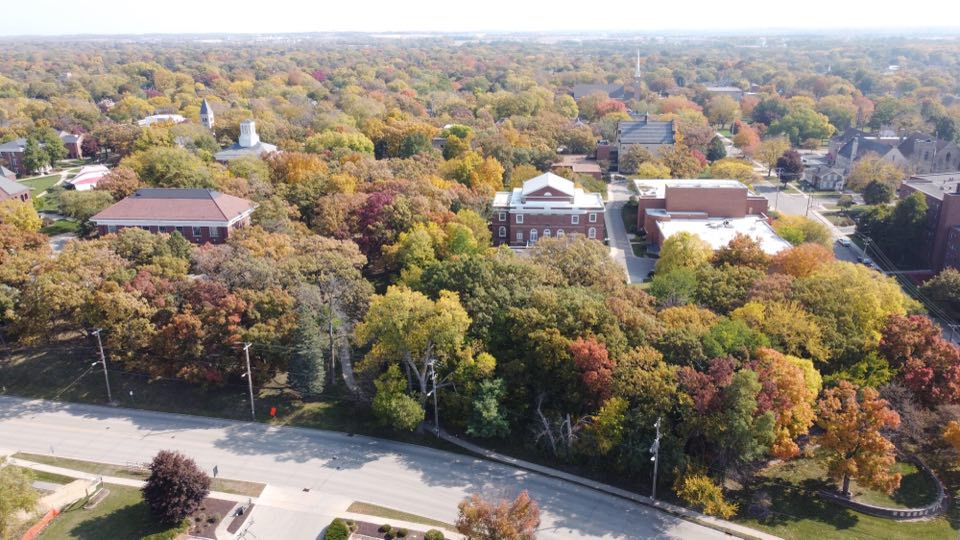What's the best part of autumn? Some will say the cooler temperatures and crisp mornings. Some will say pumpkin spice lattes. However, most will agree it is definitely the bright and vibrant fall colors.
This year may be a little bit different than usual. Be prepared to reach the peak of fall colors earlier than expected in southern Wisconsin. The prolonged summer drought will likely accelerate this year's fall foliage for portions of that region.
In fact, some trees may even skip the reds, oranges and yellows and go straight to brown.
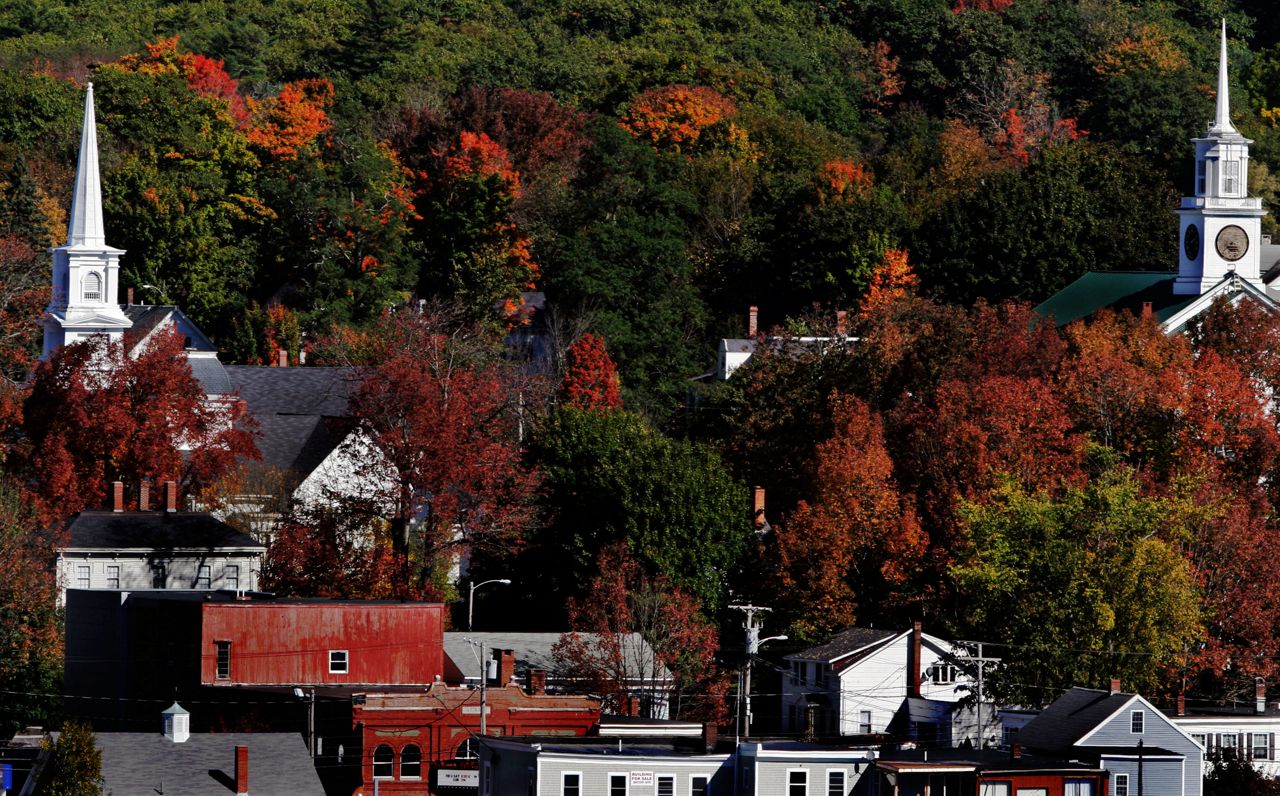
Spring and summer, the normal growing season, are very important to the final product of fall foliage. Typically, a tree thrives on an average amount of water and a year without heat stress.
An abundance of rain can actually delay the peak of fall foliage.
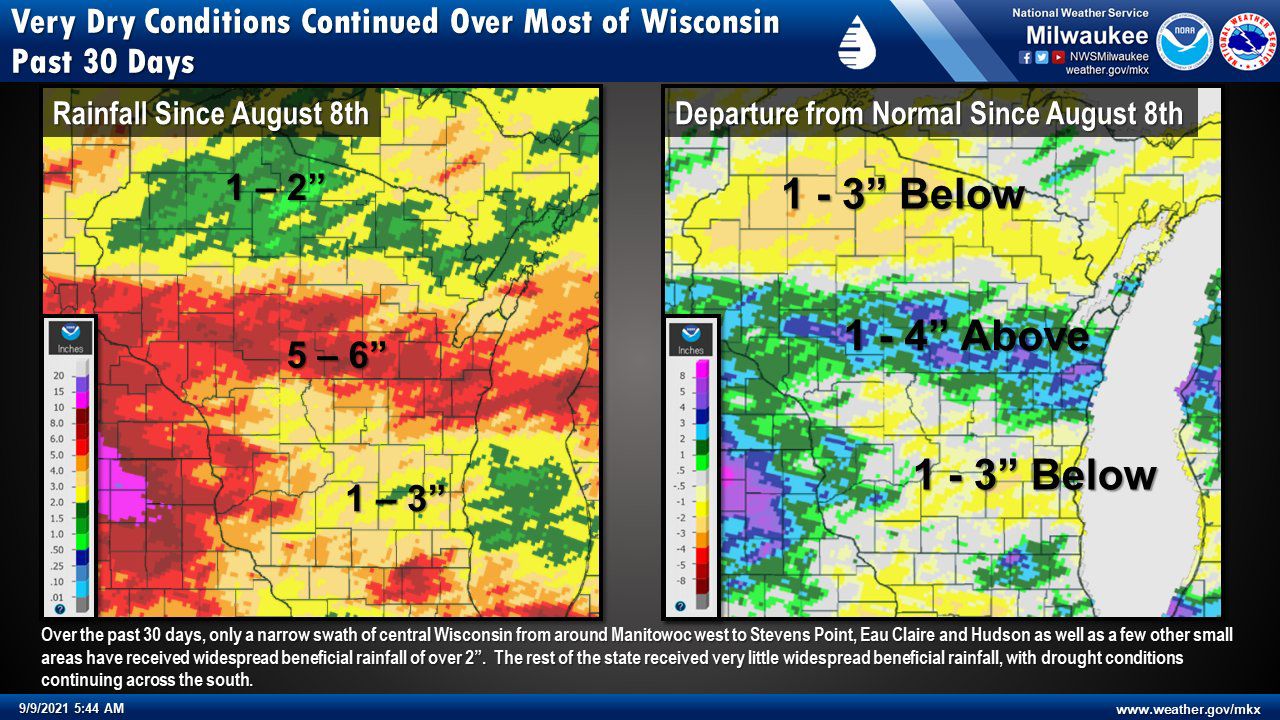
However, for much of the state, the story has been the lack of rain. Much of southern Wisconsin has been sitting under a severe to extreme drought for the entire summer.
For those under a moderate drought, it may have a different effect. A moderate drought tends to delay the onset of fall color.
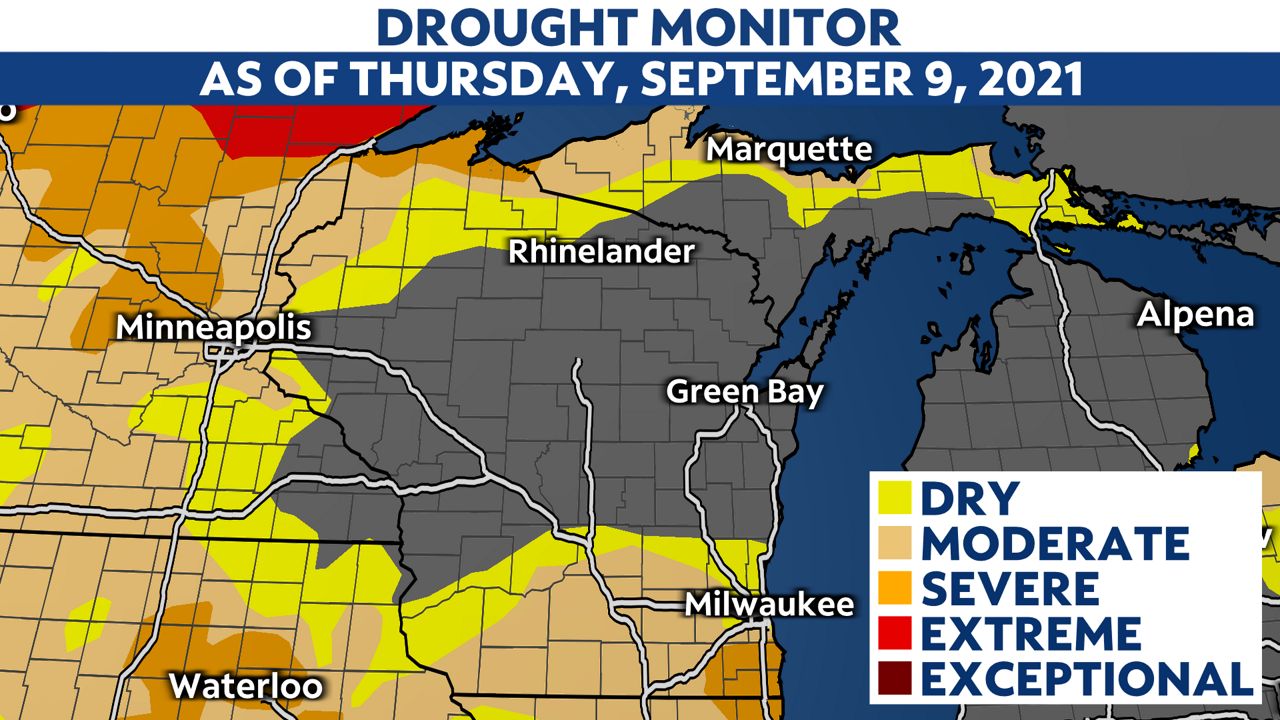
As a result of the drought, leaves are already changing color earlier than normal. Leaves will most likely stay on the trees less than the typical two weeks. That means you need to be ready.
If you are a fan of the fall colors, keep a close eye on the Wisconsin Fall Color Report. If you plan to take pictures, you may want to aim for late September into early October. After that, there is no promise the gorgeous colors will stick around.
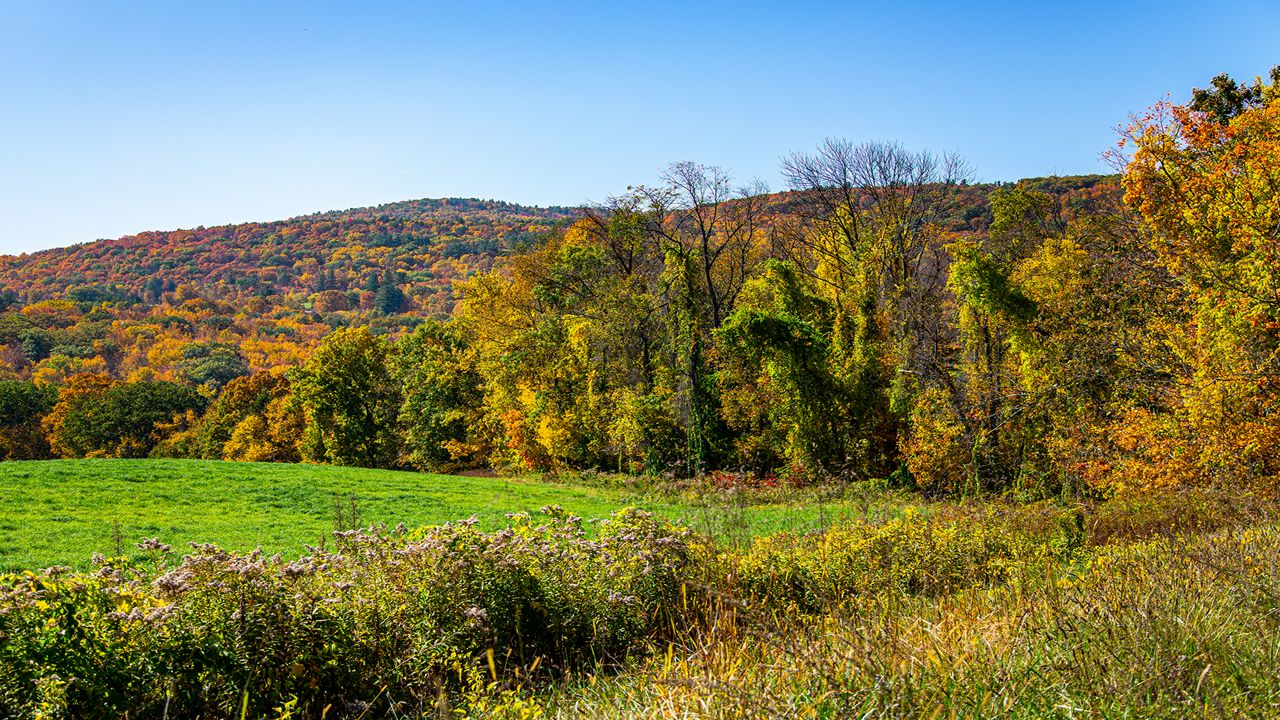
For the most part, a tree's leaves are mostly green. That’s due to chlorophyll. Chlorophyll is the key component to photosynthesis, which provides food for the majority of trees.
As days shorten and temperatures drop, chlorophyll production slows and eventually stops as trees prepare for the dormancy of winter.
Without chlorophyll production, orange carotenoids, yellow xanthophylls, and red and purple anthocyanins pigments become more visible within leaves.
Eventually, all of these pigments break down and leave only brown tannins before the leaves finally drop to the ground.
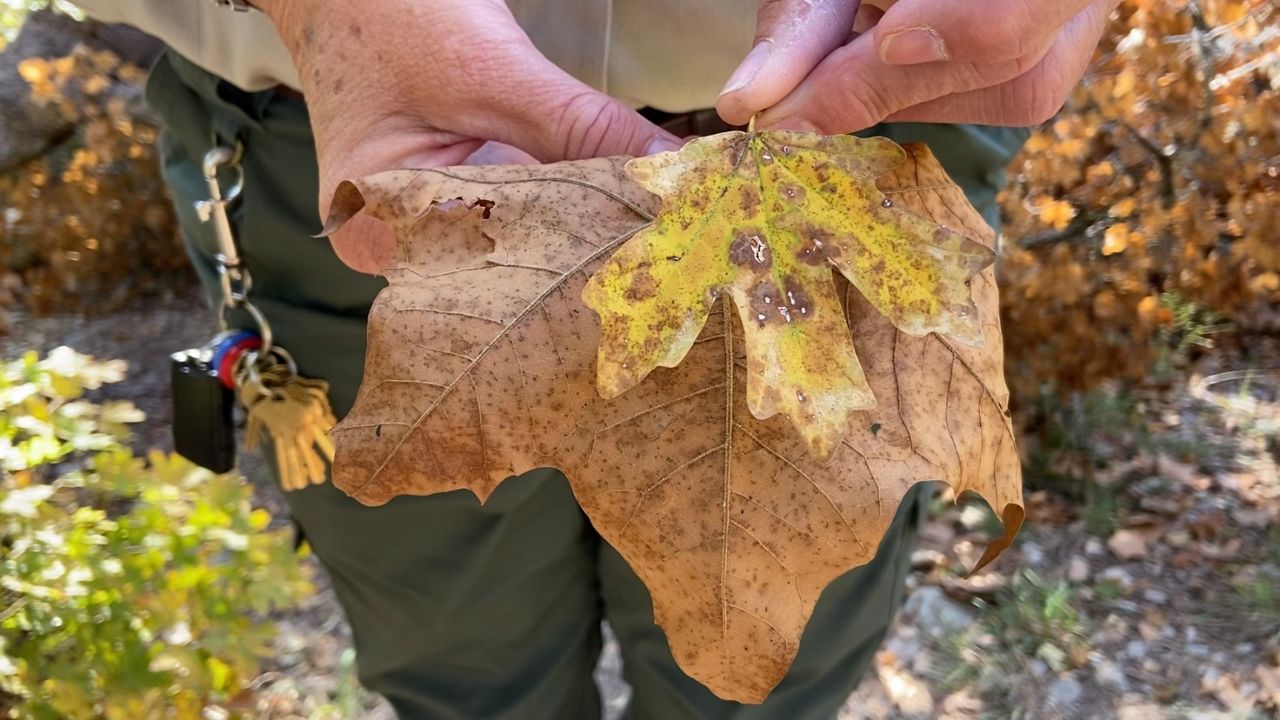
If you love the colors, hope for a spring and summer with plenty of moisture followed by a dry, cool and sunny autumn.
Fall afternoons should be warm and nights should be cool and crisp without frost. That combination of sunny days and lower temperatures destroys chlorophyll more rapidly, allowing yellow and orange pigments to be on display. Chilly nighttime temperatures increase the production of red and purple anthocyanins.
Freezing temperatures stop the process completely and cause leaves to brown more quickly.



